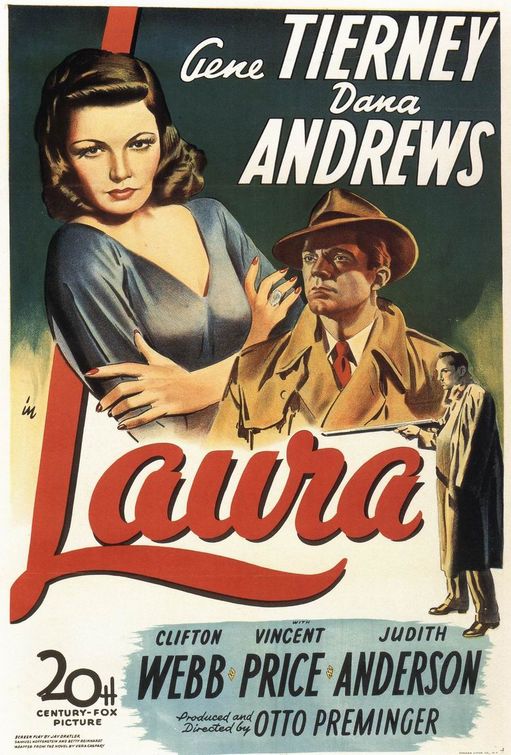
Film noir
is sometimes used as a catch-all phrase to designate any film from the
1940s or 1950s which has moody black-and-white photography, snappy,
cynical dialogue and some sort of crime element in its plot. In
the process, the term becomes too vague to be really useful.
Gritty underworld crime dramas have been with us since the early silent
era, as has moody expressionistic cinematography, and the private-eye
murder mysteries of the early 40s had plenty of snappy, cynical
dialogue. But the true film noir
didn't emerge until after WWII and it brought something new to
Hollywood cinema — a comprehensive vision of the modern world as a
dark, hopeless place, morally compromised at its core.
Underworld crime dramas could be dark, but they always imagined forces
of order and decency ready to do battle with and overcome the forces of
chaos and destruction. The private eye, for all his cynical talk,
had a kind of nobility and honor that he carried with him into the
shadowy realms in pursuit of truth and rough justice.
Traditional crime dramas and police or agency procedurals continued on
into the post-war era, as did murder mysteries, and though they became
inflected with the atmosphere of true films noirs they didn't stake out quite the same territory.
Laura, made during WWII, is
one of the most stylish and diverting entertainments ever concocted in
Hollywood, and it's regularly classed as an early film noir
— but it's nothing of the kind. The film believes in romance and
love, in the triumph of justice and the possibility of knowing the
truth about things. In a genuine film noir this sort of faith has been lost.
Still, one can see themes emerging in Laura which will play out more forcefully in film noir.
Laura, the film's title character, is an unusually strong and
self-reliant woman, emotionally and financially independent. She
destroys a weak man who loves her but can't win her — as does the femme fatale of the post-war noir
tradition. But Laura's strength is seen as a positive thing here,
not as an insidious threat, and there's a red-blooded man on the scene
who can match her strength.
In the post-war noir,
something goes wrong with the whole idea of the red-blooded man, who suddenly
seems inadequate to the task of engaging a corrupt world or matching
the strength of a self-possessed woman. The world, and desire
itself, come to seem like streets that dead-end in disaster and
oblivion. Some lines from Two Noble Kinsmen, probably by Shakespeare, who co-wrote the play with John Fletcher, anticipate the realm of the film noir nicely:
This world's a city full of straying streets,
And death's the market-place where each one meets.
